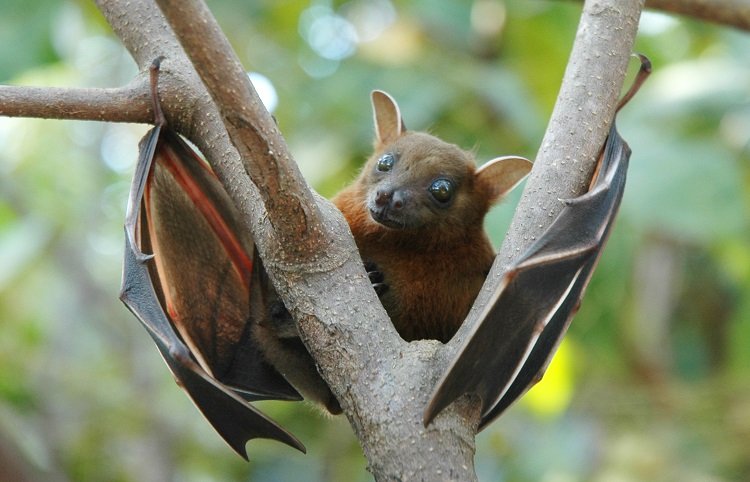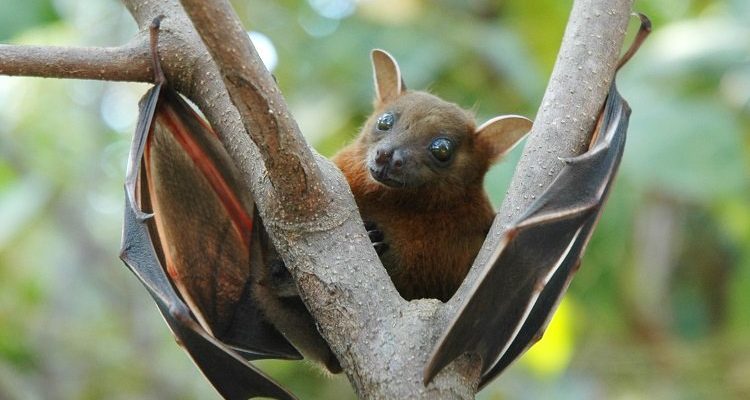
So let’s dig into the vibrant tapestry of how the fruit bat is represented in culture and folklore. Just like the way these creatures feast on ripe fruits, cultures have captured their essence in stories, myths, and symbols. You might be surprised to learn how these winged wonders have inspired everything from art to local legends, revealing much about the societies that honor them.
Folkloric Significance of the Fruit Bat
In many cultures, the fruit bat holds a significant place in folklore. It isn’t just any animal; it’s often seen as a bridge between the earthly realm and the mystical. For example, in some Indigenous cultures of the Pacific Islands, bats are viewed as guardians of fruit trees. They’re believed to carry messages between the living and the spirits, making them revered creatures that deserve respect and admiration.
Furthermore, fruit bats symbolize fertility and abundance in various agricultural societies, as their role in pollination and seed dispersal is crucial for plant growth. People often tell stories about how fruit bats helped ancestors by providing food or guiding them during tough times. Think of fruit bats as the unsung heroes of the agricultural world, where their gentle presence ensures a bountiful harvest.
Another fascinating aspect is that some cultures interpret bats as symbols of transformation. They remind us that it’s okay to embrace change, as they transition from being blind creatures in the dark to graceful flyers at night. Stories highlighting this journey from fear to understanding can empower communities, signifying hope and resilience.
Fruit Bats in Art and Literature
Art and literature reflect how societies feel about the natural world, and fruit bats are no exception. In various artworks, these creatures are depicted with vibrant colors and flowing lines, capturing their grace as they glide through the night sky. You may find murals in tropical regions that celebrate their essential role in nature, showcasing colorful fruits scattered below and the bats soaring above.
In literature, authors have used fruit bats as metaphors for different themes. For instance, in children’s books, these creatures might appear as friendly companions who teach lessons about teamwork and sharing, reinforcing their positive role in ecosystems. Stories often highlight their eating habits—sometimes even their comical attempts to snatch the juiciest fruits. This playful representation helps demystify bats for young readers, turning fear into fascination.
Interestingly, modern narratives even explore the environmental challenges fruit bats face, such as habitat loss and climate change. This shift in storytelling emphasizes the need to protect these creatures and their environments, making them symbols not just of beauty but also of environmental stewardship.
Fruit Bats in Mythology
As we dive into mythology, we find that fruit bats have inspired tales that reflect deeper cultural meanings. For instance, in Chinese mythology, the fruit bat symbolizes happiness and good fortune. The five bats, in particular, represent the Five Blessings: wealth, health, long life, love, and good death. This connection has influenced various artistic expressions, from paintings to decorations in homes, especially during celebrations like the Lunar New Year.
Similarly, in Filipino folklore, the fruit bat plays a crucial role in local legends, often linked to the creation of the world. These stories usually depict the bat as an important character that helped enlist nature’s bounty. It’s fascinating to see how a creature so often misunderstood is celebrated for its contributions to life and prosperity.
In contrast, some cultures take a more cautionary stance, where fruit bats symbolize danger or mischief. These narratives might warn against overindulgence or the consequences of neglecting nature. This diversity in mythological interpretations reflects how humans interact with the natural world, highlighting both the wonder and the risks involved.
Fruit Bats and Superstitions
Superstitions surrounding fruit bats often arise from cultural perceptions and interactions with these creatures. In some regions, people believe that spotting a fruit bat means good news is on the way, especially relating to crops or personal fortune. In other areas, they might be linked with bad omens, where their presence at night could indicate misfortune. Such contrasting views showcase the rich tapestry of beliefs that surround these animals.
Interestingly, specific rituals may involve fruit bats, especially in rural areas where agriculture plays a significant role. For instance, farmers might perform ceremonies to honor these bats, thanking them for their role in pollination and pest control. It’s a lovely way to acknowledge the interconnectedness of all life forms and the respect we owe to creatures that support our livelihood.
This complex relationship—ranging from reverence to superstition—demonstrates how fruit bats are multi-dimensional figures in human culture. Rather than merely being creatures of the night, they serve as symbols that capture various human sentiments and beliefs.
Conservation Efforts and Cultural Representation
With increasing awareness of environmental issues, there’s a growing emphasis on protecting fruit bats and their habitats. Conservationists are keen to highlight their importance in ecosystems, especially their role as pollinators and seed dispersers. Many organizations now work closely with communities to foster a sense of stewardship over these creatures, encouraging cultural practices that promote their protection.
In educational programs, the focus often shifts to how fruit bats contribute to biodiversity and agriculture. By weaving cultural narratives into conservation efforts, communities can better connect with these animals. When people see fruit bats as essential to their culture and folklore, they’re more likely to take measures to protect them.
Additionally, this cultural engagement may lead to more positive representations of bats in media and art, moving away from fear-based portrayals. By celebrating their roles in local lore, we help create a more harmonious relationship between people and fruit bats, emphasizing coexistence rather than competition.
The Future of Fruit Bats in Culture
As we look to the future, the role of fruit bats in culture and folklore seems poised for evolution. With climate change and habitat destruction posing significant threats, stories and representations of these bats may shift in response to the changing world. We might see new myths emerge that focus on resilience, adaptation, and the urgent need for environmental action.
Communities worldwide can continue to craft narratives that encapsulate not only the beauty and importance of fruit bats but also the challenges they face. By doing so, they keep the spirit of these magnificent creatures alive in the hearts and minds of future generations.
As our understanding deepens, fruit bats may inspire innovative art, literature, and conservation efforts that resonate with people across the globe. They might serve as symbols of connection, reminding us that all living things are intertwined, and that protecting one species enriches us all.
In conclusion, fruit bats are more than just flying mammals; they are rich symbols found in various cultures and folklore. By exploring their significance, we uncover a world where these creatures are celebrated rather than feared, highlighting the need to respect and protect them in today’s changing landscapes. So, the next time you hear a gentle flutter in the night, remember the stories that surround these magnificent creatures and the integral role they play in both nature and culture.

